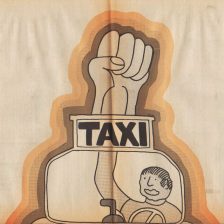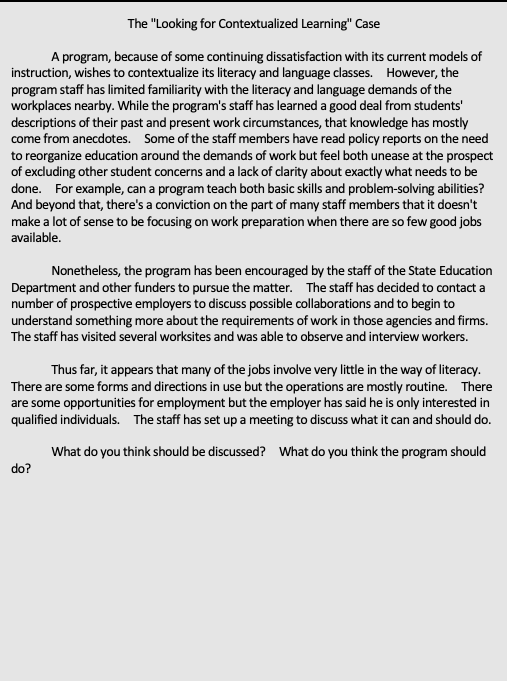- The failure of US public schools to educate working class (and especially black, Hispanic, and Native American) students is not terribly affected by periods of austerity. The schools fail in good times and bad, whether teachers are well paid or not and whether they’re unionized or not. On the other hand, it is increasingly clear that the usually unsatisfactory performance of the non-selective public colleges is made worse in periods of austerity—exemplified by patterns of excluding black and Hispanic students from the somewhat more successful colleges, imposing substantial increases in tuition and fees, and cutting back on the number of course offerings.
- In spite of many claims to the contrary, public school budgets have not been under savage attack over the course of the last two decades; indeed, there has been a more or less steady increase—in the aggregate; this does not mean, however, that all local school districts are in the same shape; some have been terribly affected by cuts (that reflect state and city austerity budgets and the collapse of housing prices).
- In fact, average per capita spending (in current dollars) on public education in the US steadily increased from $5,001 in 1992 to $10,615 in 2010. The national average does obscure significant state to state differences with some states spending less than $8,000 per student and others spending more than $16,000 in 2009-2010, In addition, there are significant differences between districts. In Illinois, Chicago spent $11,596 per student but the suburban Palatine Township High School District spent $17,213. But the difference expenditure levels don’t always correspond to what we might expect. In 2009-2010, New York City spent $19,597 per student but Half Hollow Hills, a wealthy Long Island district, only spent $19,020.
- The current New York City school budget exceeds $23 billion. According to a report issued by the Independent Budget Office, “In real, inflation-adjusted terms, per-pupil spending rose by 28% from 2002 to 2009 but has grown by only 2% since then.”
- Since 2007, it appears that funding for charter schools has increased by about $1 billion (over 200%); during that same period, funding for special education contracts for services to pre-kindergarten children increased by 96%, and funding for pension obligations for teachers and other school staff has increased by over $1.2 billion.
- Currently, there are 159 charter schools in NYC (about 8% of all schools); they enroll just under 50,000 students (about 5% of all students); many of them have been started in the last few years and still do not enroll students in all grades. Over the course of the next few years, even if no new charters are opened, it’s likely that charters will enroll almost 10% of the students. The funding for charters is done on a per-student basis and it is just about the same as the per-student funding in regular public schools.
- It is really important to distinguish between “privatization” and “austerity” in the same way that it’s important to distinguish between “mass incarceration” and the “prison industrial complex.” Profit making is not the primary motivation in corporate-backed education reform; nor is the motivation the simple-minded production of mindless slaves. Instead, I believe that the primary motivation is the establishment of a truly capitalistic educational system wherein “artificial” unequal results due to race or ethnicity are reduced or eliminated and the system produces workers ready to work at all levels of the work hierarchy in apparently objective fashion. Part of this strategy is, of course, premised on a notion that everyone is able to succeed if they work hard enough and that school success will lead to secure incomes and adult lives. There is virtually no acknowledgement in school reform circles of the relentless push to pay people less, in less and less secure jobs, in spite of their credentials.
- In 2009-2010, there just under 1.1 million public school students in NYC; of that total, 14.9% were identified as Asian; 39.3% as Hispanic; 29.9% as black, and 14.3% as white. Of special interest and concern is that, in the case of enrollments in kindergarten, the percent of white students has grown substantially over the last dozen years and the percent of black students has declined substantially. I believe that this reflects the on-going impact of gentrification and the forcing out of black families from the city. Furthermore, I’d suggest that education reform in urban areas is always influenced by the desire of the powers that be to provide enough “good” schools to keep white (and, to some extent, Asian, families) in the city and that “public school choice” has been designed to make it appear that the disproportionate enrollment of black and Hispanic students in bad schools is not the result of any system failure.
- Indicators of unequal education in NYC
- Enrollment in gifted and talented programs in elementary schools: Black and Hispanic students combined represent about 63% of children entering kindergarten; however, they represent less than 30% of students admitted to gifted programs.
- Standardized test performance: In 2012, in English, students in different groups were deemed to be proficient at the following rates—Asians (67.4%); blacks (37.0%); Hispanics (37.5%); whites (69.1%). In math, the rates were as follows—Asians (86.0%); blacks (46.1%); Hispanics (52.3%); whites (79.2%). [As an aside, let me note that the supposed standards are remarkably low.]
- Admission to selective high schools
- Most recent exam school results
- Findings on choice models
- Readiness for college at end of high school
- Distribution across neighborhoods
- Distribution across high schools
- Admission to selective colleges
- Persistence and graduation in college
- The unqualified defense of the “public” is I think a political error. Our goal is not municipalization or nationalization so I don’t think we should be defending the entities that might anticipate such a goal. Instead, our goal should be the expanded reproduction of human capacities. In the United States, both higher education and health care for the working classes are provided by a complex network of “private” (albeit largely financed by governmental aid) and “public” institutions. It’s worth emphasis that public institutions, such as school districts, spend large parts of their budgets on purchases from the private sector (everything from new buildings to heating oil to computers to food). We have an obligation to defend public sector workers, not because they work in the public sector, but because they’re workers. At this point, I will not go into my long explanation of the need to hold these workers to a standard of meaningful solidarity with their students and their families—but I would suggest that solidarity with the workers demands their solidarity with their students and their families.
- Therefore, as an extension of what I’ve previously argued, public district schools and charter schools should be defended or opposed on the basis of a judgment that they do or do not contribute to that expanded reproduction.
- About school closings: it’s really important to appreciate the significance of local variations. In NYC, a relatively small number of schools have been closed because of failure but they have been replaced by an extraordinarily large number of new schools, most of which are not charters–there are now over 1800 schools in the city. Chicago seems to be a very different situation where school closings are motivated by what is claimed to be under-enrollment. I don’t know enough about the actual reality of under-enrollment but, assuming that it’s true, my guess is that it reflects the same pattern of displacement of black families that I mentioned above.



Leave a Reply